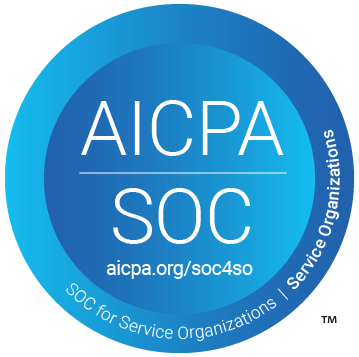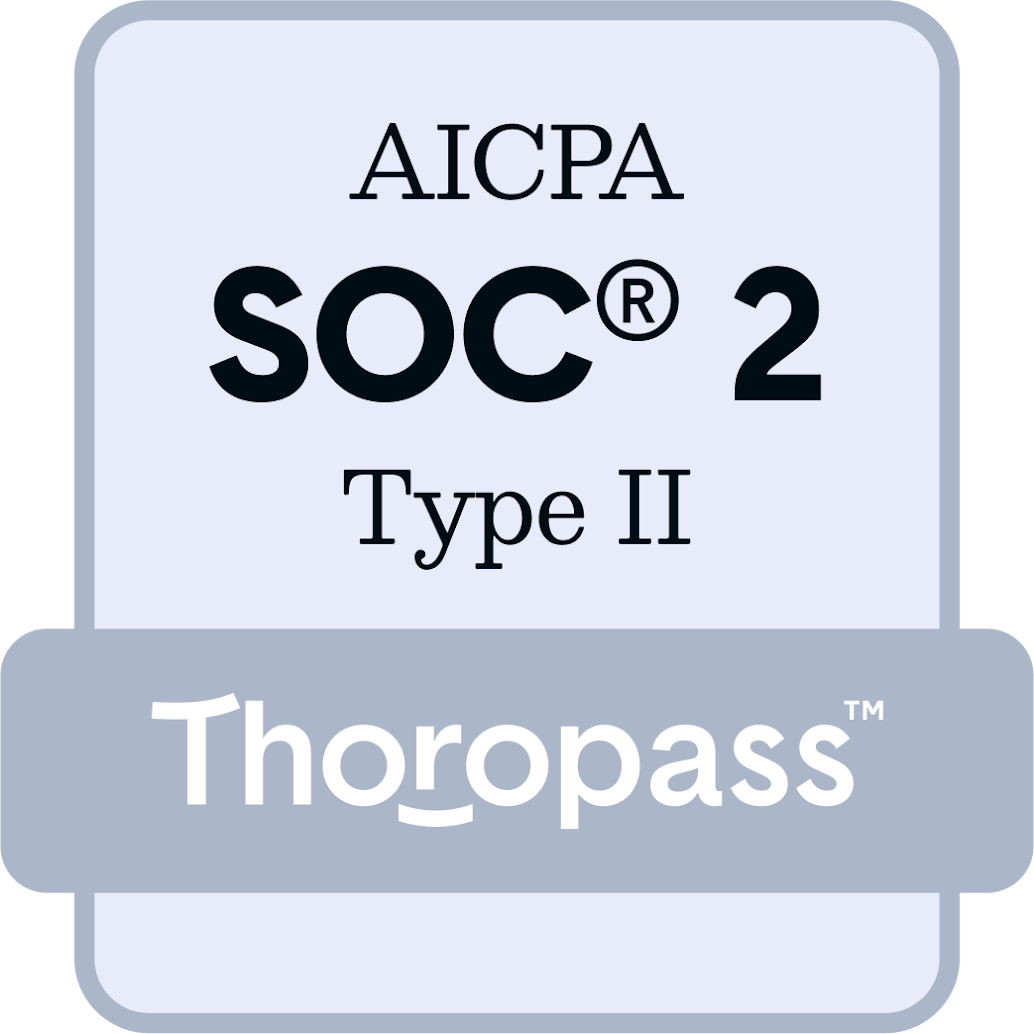The CHRO's Expanded Partnership With the Compensation Committee
October 8, 2025
Joyce Chen

Chief human resources officers (CHROs) have become vital strategic partners to compensation committees among U.S. public companies. As the compensation committee’s focus broadens beyond traditional executive pay decisions, CHROs bring specialized expertise in talent and human capital management to align workforce strategies with business objectives. This bridges the gap between incentive plan design, overall workforce strategy and the company’s long-term vision.
Aligning Incentive Plan Design With Business Strategy
One of the CHRO’s most influential contributions is in helping the compensation committee design incentive plans that motivate and reward executives to achieve the company’s strategic goals. A key aspect in aligning incentives plans with business strategy is ensuring that executives understand the goals they are working toward. CHROs communicate the company’s priorities and how such incentive plans are directly connected to those goals. By identifying the key levers of sustainable growth, whether it’s margin expansion, revenue growth, customer retention or capital efficiency, and aligning executive incentives accordingly, CHROs build trust with their compensation committees.
In today’s environment, CHROs and committees are reexamining metrics and plan designs to account for uncertain market conditions and talent retention needs. Executive turnover is at a high rate, so pay packages must attract and retain top talent while still aligning with performance objectives. CHROs play a key role in threading that needle, ensuring rewards are competitive to keep critical leaders onboard, but also acceptable to shareholders and proxy advisors who are closely scrutinizing pay decisions. By providing the committee with market data and peer pay practices, CHROs can ensure that the company’s incentive plans are competitive enough to attract and retain top talent while remaining aligned with business strategy.
Moreover, shareholders are increasingly considering executive compensation as a window into the company’s strategic direction and values. As a result, incentive design has become a reputational issue as much as a financial one. Well-aligned compensation signals a commitment to sound corporate governance.
Aligning Talent Strategy With Company Goals
The increasing focus on human capital management has been transformational for organizations, particularly in how talent strategies are becoming integral in achieving broader business goals. Blair Jones, Rachel Ki and Jennifer Teefey of Semler Brossy LLC emphasized that human capital management focuses on “treating employees as scarce assets worthy of investment for strategic returns to the company.” Talent strategy enables corporate strategy, and having the right people and skills is essential to executing business plans. Compensation committees typically focus on the financial performance, but without aligning talent strategies with company goals, those numbers won’t be sustainable.
Many companies now dedicate a portion of every compensation committee meeting to talent topics. For example, according to the Center On Executive Compensation, some report spending 20-30 minutes each meeting on talent, with occasional sessions devoted entirely to leadership and workforce issues. During these discussions, the CHRO might review metrics like turnover in key roles, progress on DEI goals, employee engagement survey results and the status of leadership development programs. Shining a light on these areas enables the CHRO to help the committee and board serve as thought partners on human capital matters while fulfilling their fiduciary oversight of a key business risk.
CEO and Executive Succession Planning
In a competitive talent market, companies with proactive development and succession strategies are better positioned to attract, retain and develop the kind of leadership that drives long-term growth. CHROs are the architects in succession planning and serve as a link between management and the board, particularly when it comes to the chief executive officer (CEO) and other top executives. They bring forward-looking insight by identifying high-potential talent and aligning succession plans with the broader talent strategy. When working together with the compensation committee, they can align compensation with succession objectives, such as retention incentives for high-potential leaders or tailored packages to support long-term development.
Together, the CHRO and compensation committee can cultivate a more robust relationship with the board. Committees are becoming increasingly engaged in strategic discussions, like human capital management, and CHROs are playing an essential role in guiding these discussions with a broader view towards the company’s long-term value creation. This collaboration supports the board’s broader oversight responsibilities and enhances its ability to address stakeholder expectations.
Interested in elevating your presence in the boardroom?
Learn more about the
CHRO Navigator program.
Contact

Joyce Chen
Associate Editor
Joyce Chen, Associate Editor at Equilar, authored this post. Please contact Amit Batish, Senior Director of Content & Communications, at abatish@equilar.com for more information on Equilar research and data analysis.
 Solutions
Solutions













